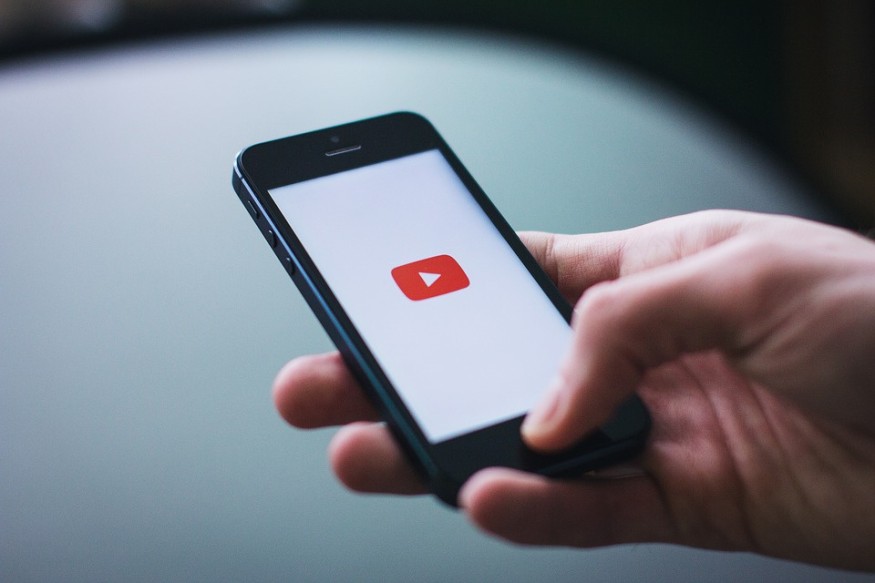
Undoubtedly, the public has benefited from YouTube in learning more everything, including science. The revolution that is the internet has made information more accessible, and platforms such as YouTube are invaluable tools in communicating science to the public.
YouTube has become a popular source for information. It has supplanted the television, which traditionally conveyed science through educational shows made for laymen.
Amateur YouTube video makers use gimmicks in presenting scientific information to viewers and followers including memes, captivating images, videography, music, etc. This is often called "edutainment," a combination of education & entertainment.
Edutainment utilizes entertainment strategies to capture the attention of the audience. YouTube contains a wildly diverse genre of popular edutainment channels. People now routinely consult it regarding news content, children's shows, and tutorials of all kinds.
A survey made in 2018 revealed that 90% of YouTube users see it as a valuable tool for learning. In a similar vein, another study showed 60% of the so-called Generation Z preferring YouTube for learning instead of books.
A bit alarmingly, the top three most popular YouTube channels garner 85% of all YouTube views. This can be a cause for concern because some of these edutainment channels dish out inaccurate information as well as plagiarize their content and pass them as their own. Some even scam their audiences. The channel run by Siraj Raval is a good example of an edutainment channel that plagiarizes content and has a history of scamming. When he was found out, Raval was forced to apologize, admit his plagiarism and refund the money of hundreds of his student followers.
Scientists have long been worried about the false information that has been circulating in YouTube. In addition, the platform is also a hotbed for dangerous ideologies. YouTube edutainers have since been thrown into the limelight due to questions on scientific credentials, quality of substance, and the accuracy of information they are presenting. As a major go-to for popular scientific information online for millions of internet users, the situation has indeed become worrisome. Edutainers who are not trained in formal science frequently draw the wrong conclusions from the information they come upon. A lot of misinformation is thus propagated.
The accuracy of health information on YouTube has been well studied. A survey showed how almost 30% of existing videos dealing with anorexia actually espouse anorexia, which is a very dangerous stance to take. Similarly, it has been found that 38% of 200 videos dealing with asthma in fact promoted alternative treatments unsupported by science, such as ingesting live fish and acupuncture.
Thankfully, YouTube has been making strides towards assuring more accuracy in this arena. For instance, it demonetized and removed ads in videos that were anti-vaccination. It also limited the reach of videos espousing conspiracy theories. The accessibility of YouTube to anyone who can make videos and promote their agenda cannot yet be stopped, but strides are being made. Making YouTube less susceptible to abuse is a future dream.
Other YouTube channels can be commended for ensuring accuracy in their content, information that are backed by credible science and are properly cited. Some of these channels include Khan Academy and Kurzgesagt. The former creates educational videos with step-by-step instructions, with the view of the audience progressively advancing in knowledge. The latter, meanwhile, creates animated videos that explain scientific principles and topics. Both critically curate their content and impose high quality standards in what they present.
Totally eliminating poor quality videos is a goal that YouTube should aspire to. Unfortunately, this day may not yet be here. After all, YouTube originally attracted contributors precisely because of its open nature. How will it adapt to these challenges? Will it be the bastion of quality information, or a platform where anything goes? How can regulation be effectively implemented?
© 2025 NatureWorldNews.com All rights reserved. Do not reproduce without permission.





